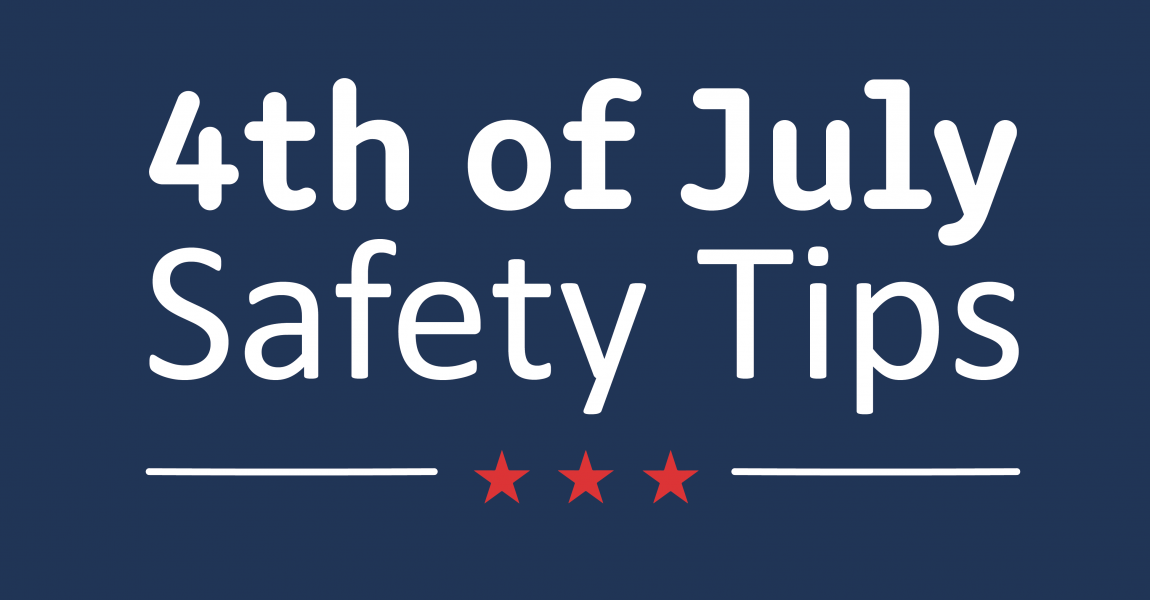Top Tips for a Safe Fourth of July
July 4th is just around the corner, and though it’s a time to celebrate and gather with friends and family, to the public safety industry it’s a busy night for emergencies. Help your local police, fire, and emergency medical professionals (not to mention 9-1-1 telecommunicators!) by following these safety tips.
Fireworks Safety
Flames and July 4th go together like that other American favorite: peanut butter and jelly. From grilling to fireworks, we love to use heat to celebrate our independence. Unfortunately, that can lead to accidents and calls to 9-1-1 for emergency assistance. Stay safe this year with these firework safety tips.
- Know your local laws. In Texas, different counties or cities have different laws about what is permissible with fireworks. Some don’t allow them at all, some depend on whether a burn ban is in action, etc.
- Never point fireworks at people, pets, cars, or structures.
- If you can shoot fireworks in your area, follow the instructions included on the packaging. Never shoot fireworks near dry grass or other easily flammable items.
- Have a bucket of water nearby for emergencies.
Grilling Safety
July sees the highest number of grill fires and accidents during the year. Don’t let you or your family and friends become part of the statistic.
- Never grill inside a structure, including a house, RV, or tent.
- Keep your grill clean to avoid old grease causing sudden flare-ups.
- Never leave a grill unattended and keep an eye on children and pets.
- Make sure your gas grill lid is open before lighting to avoid built up gas that could combust.
Water Safety
Boating on July 4th is an American as it gets, but it’s important to be cautious as this month has the highest amount of boating traffic. Other than wearing a life jacket and using an engine cut-off device, here are a few more key tips to stay safe on the water.
- Children shouldn’t be swimming without supervision. If they’re in the water, you should be too.
- Don’t overload your boat; always maintain capacity limits.
- Keep your distance from other boats before, during, and after fireworks. Many collisions occur during these popular events. To be extra cautious, wait for traffic to thin before heading back.
- Don’t boat under the influence. This seems obvious, but too many people ignore this simple rule or overestimate their limits. It’s not worth it. Wait until you dock to start drinking or assign a designated driver (or boater!).
If you do experience an emergency, dial 9-1-1. Know that this night is one of the busiest for 9-1-1 call takers, so stay on the line until you get through. Hanging up and redialing will not get your call answered any faster.



